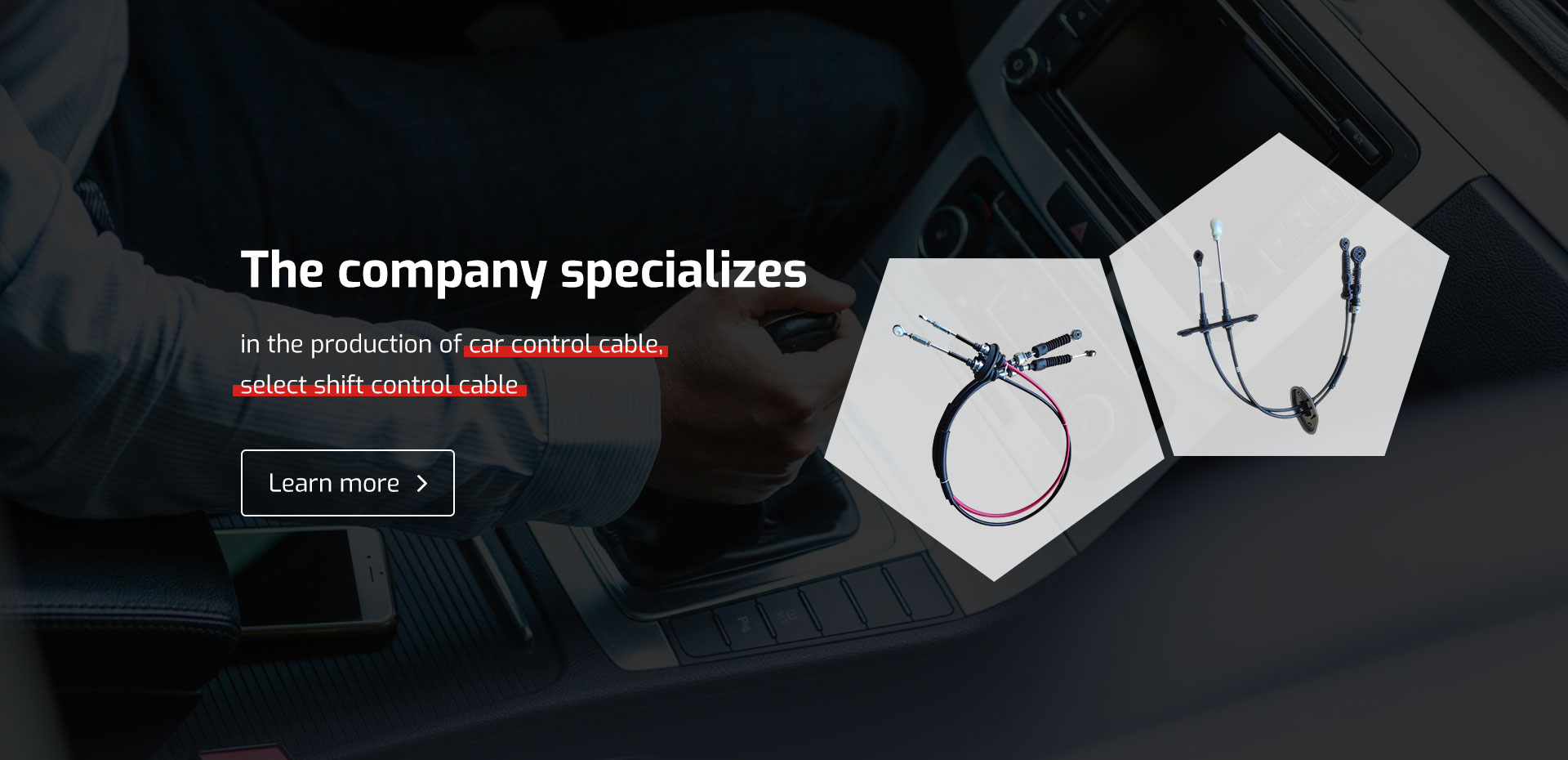cable gear
Understanding Cable Gear Essential Components in Today’s Connectivity
In our increasingly interconnected world, where technology forms the backbone of communication and transport, the components that facilitate these connections are vital. One of the cornerstones of connectivity is cable gear. This term encompasses a broad range of equipment used in the installation, management, and maintenance of various types of cables, including electrical, telecommunications, and network cables. In this article, we will explore the different aspects of cable gear, its importance, and the future outlook for this essential component of modern infrastructure.
What is Cable Gear?
Cable gear refers to a variety of tools, devices, and accessories that support the installation and operation of cables. These components are crucial in ensuring that cables function correctly and efficiently, whether in telecommunications networks, electrical systems, or data centers. Some common types of cable gear include cable trays, conduits, cable connectors, splitters, and termination kits.
Cable trays are used for supporting insulated cables in a facility. They provide a safe pathway for cables, reducing the risk of damage and ensuring that cables are organized and easily accessible. Conduits, on the other hand, protect cables from environmental factors and physical damage. They are often made from materials like PVC, metal, or fiberglass, chosen based on the specific requirements of the installation environment.
Connectors and splitters are essential for creating seamless connections between different cables and systems. High-quality connectors ensure minimal signal loss and maximum efficiency, which is paramount in telecommunications and data transmission. Termination kits provide all the necessary components to securely terminate cables and enable seamless connectivity with systems or devices.
The Importance of Cable Gear
Cable gear plays a critical role in various industries, including telecommunications, information technology, and electrical engineering. In telecommunications, for example, the demand for high-speed internet and reliable communication networks has skyrocketed. Proper installation and management of cables using cable gear can make a significant difference in network performance and reliability.
cable gear

In the electrical sector, efficient cable management is necessary to ensure safety and prevent accidents. Cable gear allows for organized routing of electrical cables, reducing the risk of overheating and electrocution. Furthermore, with the rise of renewable energy sources, cable gear is increasingly important in managing the complex networks involved in solar and wind energy systems.
Innovations and Trends in Cable Gear
As technology continues to advance, so does the development of cable gear. Innovations aimed at improving efficiency, durability, and safety are increasingly common. The introduction of smart cables, for example, which can monitor the system’s performance in real-time, is revolutionizing the cable industry. These cables can provide data on temperature, power levels, and overall cable health, allowing for proactive maintenance and repair.
Another significant trend is the growing emphasis on sustainable materials in the production of cable gear. With environmental concerns at the forefront, manufacturers are actively seeking alternatives to traditional materials, focusing on reducing the ecological impact of their products. This shift not only benefits the environment but also meets the increasing regulatory requirements imposed by governments worldwide.
Future Outlook
The demand for cable gear is projected to continue growing as industries adopt more advanced technologies and infrastructures rely heavily on connectivity. The rise of the Internet of Things (IoT), smart cities, and increased data center capacities will further propel the need for efficient and reliable cable management solutions.
In summary, cable gear is an essential component of modern infrastructure, facilitating communication, safe electrical operation, and data management. As technology evolves, the innovations in cable gear will undoubtedly lead to more efficient, sustainable, and secure installations. Ensuring that we have the right tools and accessories will remain critical as we navigate an increasingly sophisticated and interconnected world. The future of connectivity is assuredly tied to the evolution of cable gear, making it a topic of ongoing interest and importance for both industry professionals and consumers alike.
-
Workings of Clutch Pipe and Hose SystemsNewsJun.04,2025
-
The Inner Workings of Hand Brake Cable SystemsNewsJun.04,2025
-
The Secrets of Throttle and Accelerator CablesNewsJun.04,2025
-
The Hidden Lifeline of Your Transmission Gear Shift CablesNewsJun.04,2025
-
Demystifying Gear Cables and Shift LinkagesNewsJun.04,2025
-
Decoding Clutch Line Systems A Comprehensive GuideNewsJun.04,2025
